The evolution of the RPG genre:
D&D to Octopath Traveler
By Sidney Pycroft
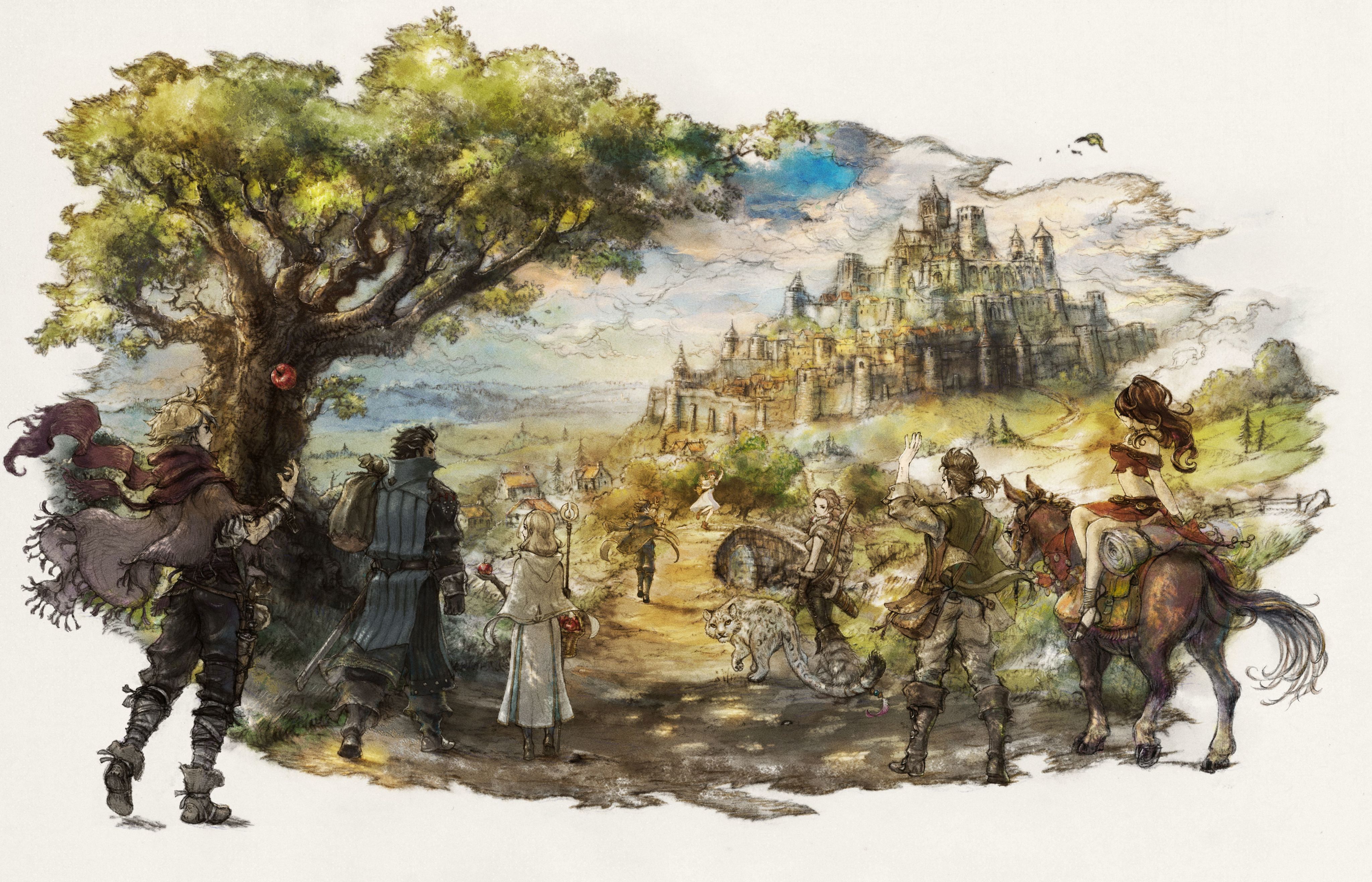
Role-playing games, or RPGs for short, are a staple of gaming, and are arguably the largest genre by far. Your favourite game has a high likelihood of being an RPG in some form or at least owing huge debts to the genre. Sometimes they get a bad rap either due to dislike of certain mechanics, or due to the cultural divergences between Western (WRPG) and Japanese (JRPG) RPGs.
Japan is the metropolis for RPGs. It’s the home of countless classics that established it as a titan in the gaming world. RPGs didn’t begin as video games, but as tabletop pencil-and-paper games. Dungeons & Dragons (D&D) needs no introduction: it’s the quintessential RPG that defined a genre and birthed modern gaming. Almost 50 years ago in 1974, it was released on a tiny budget of $2,000 to create only 1,000 copies. Only $100 was budgeted for art, and reportedly anyone who creator Gary Gygax could get to hold a pencil was drafted to help, with only $2-3 paid per artwork. Little did the developers know that they had created a beast. Video game RPGs, and further RPGs in general, would be inspired by D&D, J.R.R. Tolkien’s works, chess, and epic literature dating to the Epic of Gilgamesh. The legacy of D&D in modern culture cannot be understated.
The basic gameplay of D&D is that each player creates their own character to embark on a fantasy adventure where a Dungeon Master (DM) is the storyteller and referee. It accrued over three million players by 1981, with its influence bleeding into all areas of gaming.
1978’s tabletop classic RuneQuest’s rules system would be reused for other Chaosium games like Call of Cthulhu, and influenced the entire genre. Warhammer was conceived in the 1980s: it also has a video game series. The 1990s saw further leaps, with 1991’s Vampire: The Masquerade taking inspiration from RuneQuest to make a gothic urban fantasy game, combining horror and dark superhero elements to successfully sell a horror game - a genre that had traditionally been a hard sell on its own up until then.
Then in 1993, the RPG genre was shaken by Magic: The Gathering, designed by Richard Garfield. Drawing heavily on fantasy RPGs, especially D&D, it was markedly different to those tabletop pencil-and-paper adventure RPGs. When the game was in its early thought stages, Garfield couldn’t get a copy of D&D, so developed it from descriptions he’d heard - which sounded more like Cluedo - and so when he did get a copy, he thought D&D was “dreadfully written” and more open-ended than expected. This was the early stage of Magic, and hence the birth of the trading card genre, more commonly known due to games like Yu-Gi-Oh and Pokémon.
Wizards of the Coast (WotC) released Magic, but they dropped their RPG lines in favour of card collecting games (CCGs) in 1996, tarnishing their reputation in RPG circles, who felt it was a betrayal. Many companies rose and fell - even D&D’s publisher, TSR, faced insolvency, and was purchased by WotC in 1997. Marketability and survivability became paramount as no one seemed safe, leading to the creation of arcing plotlines, highly detailed settings, and multiple game instalments - parallels that can be noticed in video game RPGs, with long series being a mainstay.
The 80s and 90s were a time of co-evolution of tabletop RPGs and modern video game RPGs. D&D and the fantasy adventure RPGs had a great effect on video games like Dragon Quest and wider culture. Many aspects became central features: like hit points, experience points, character building, character sheets, numerical attributes like strength or dexterity, and so on.
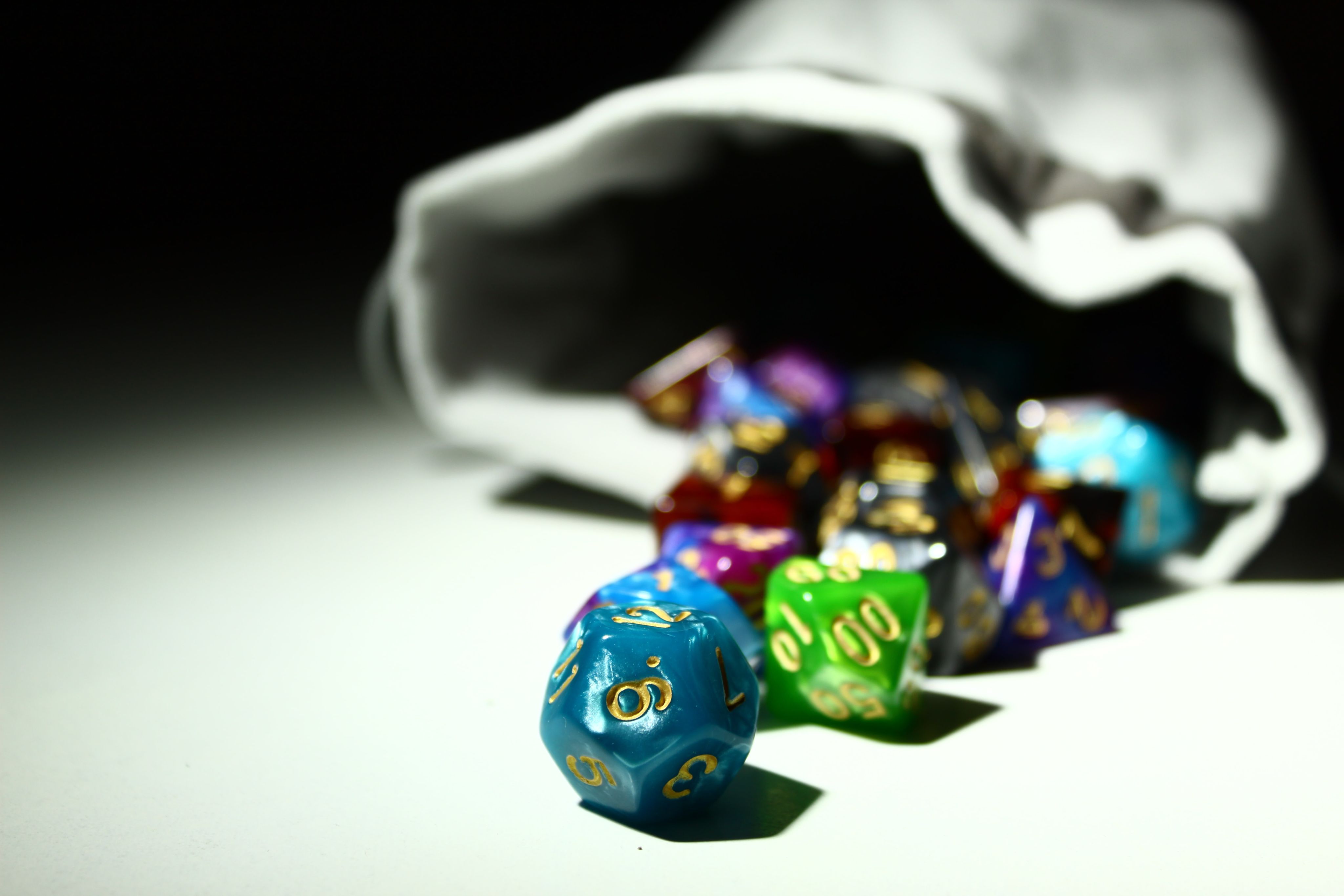
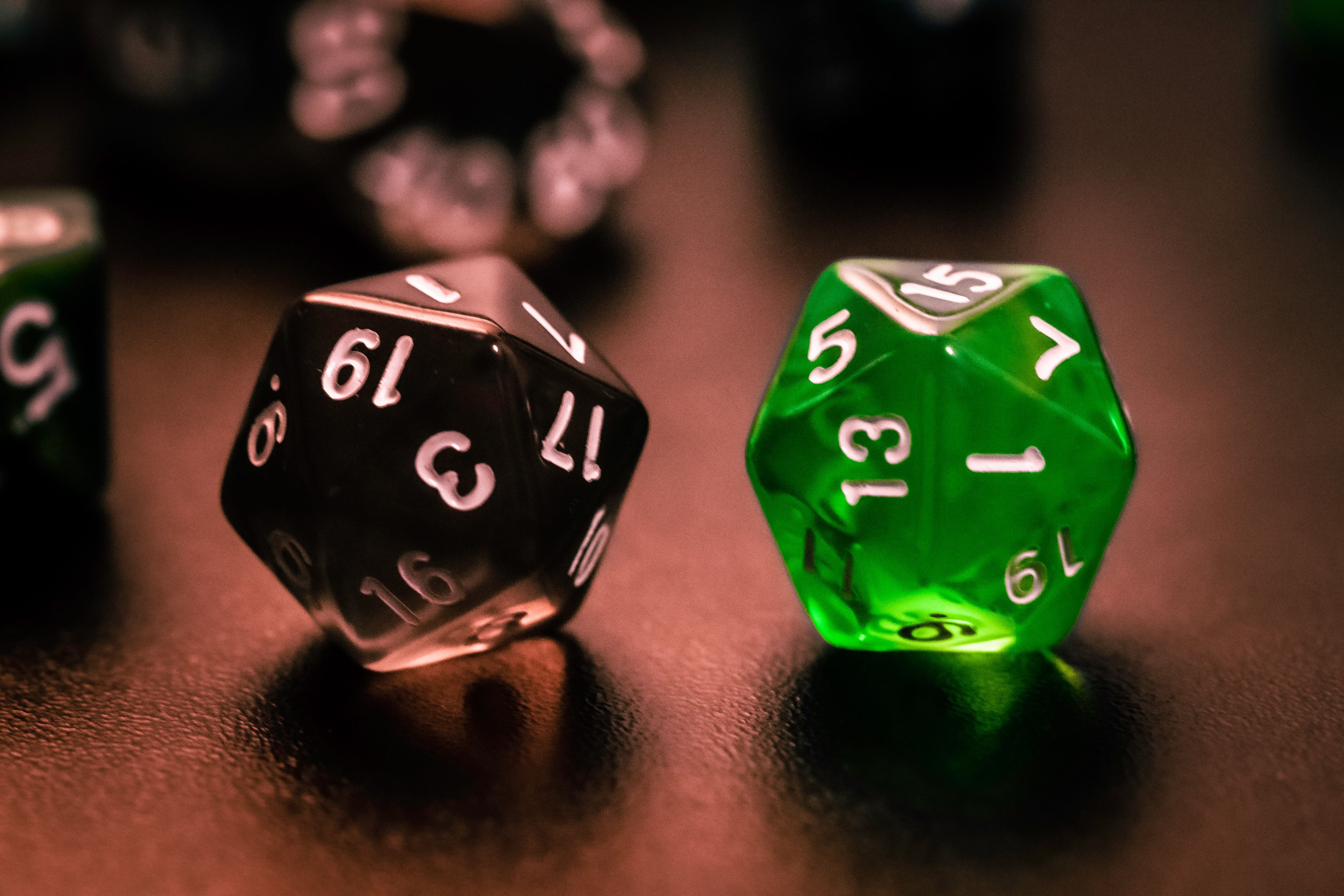
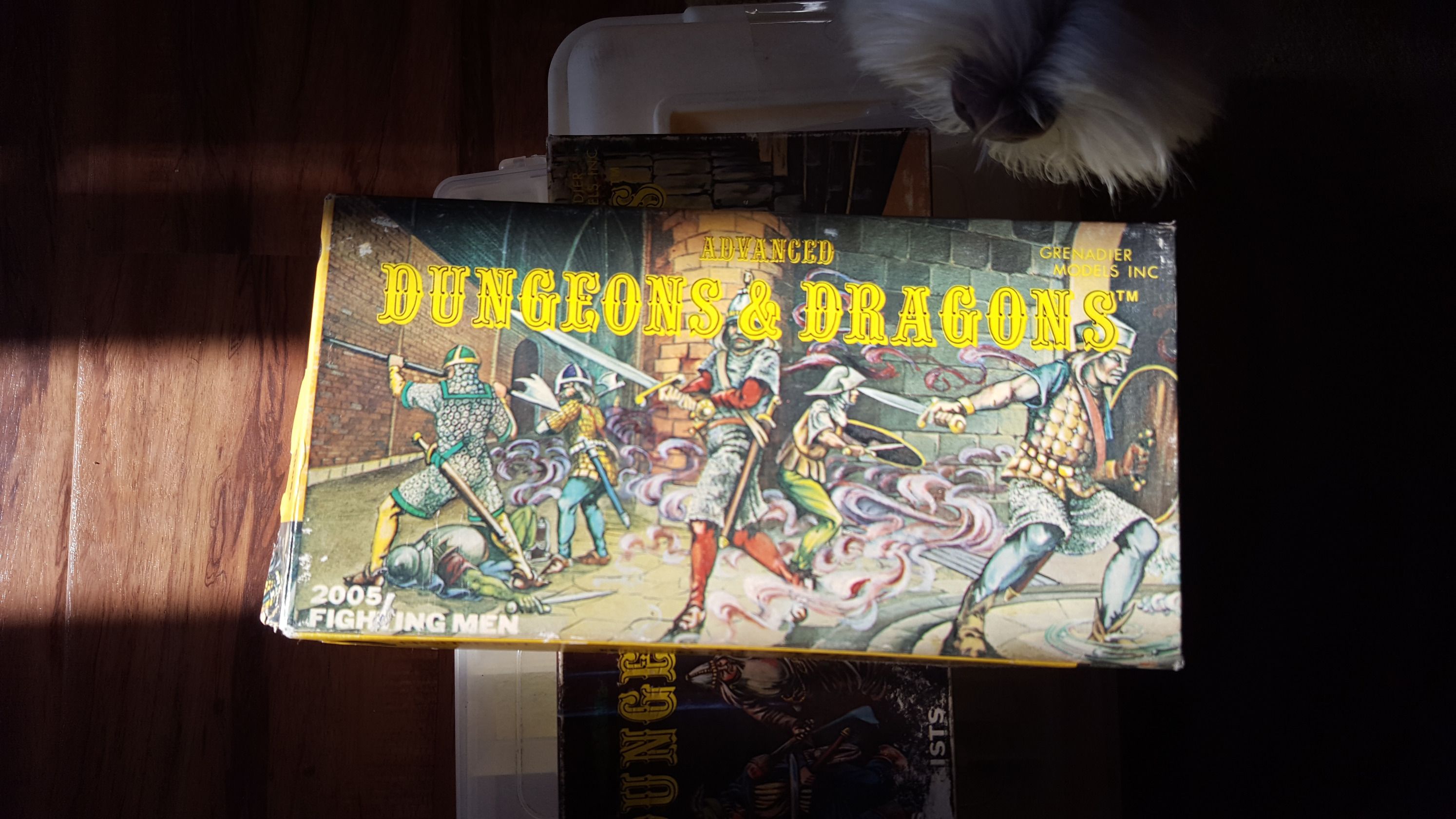
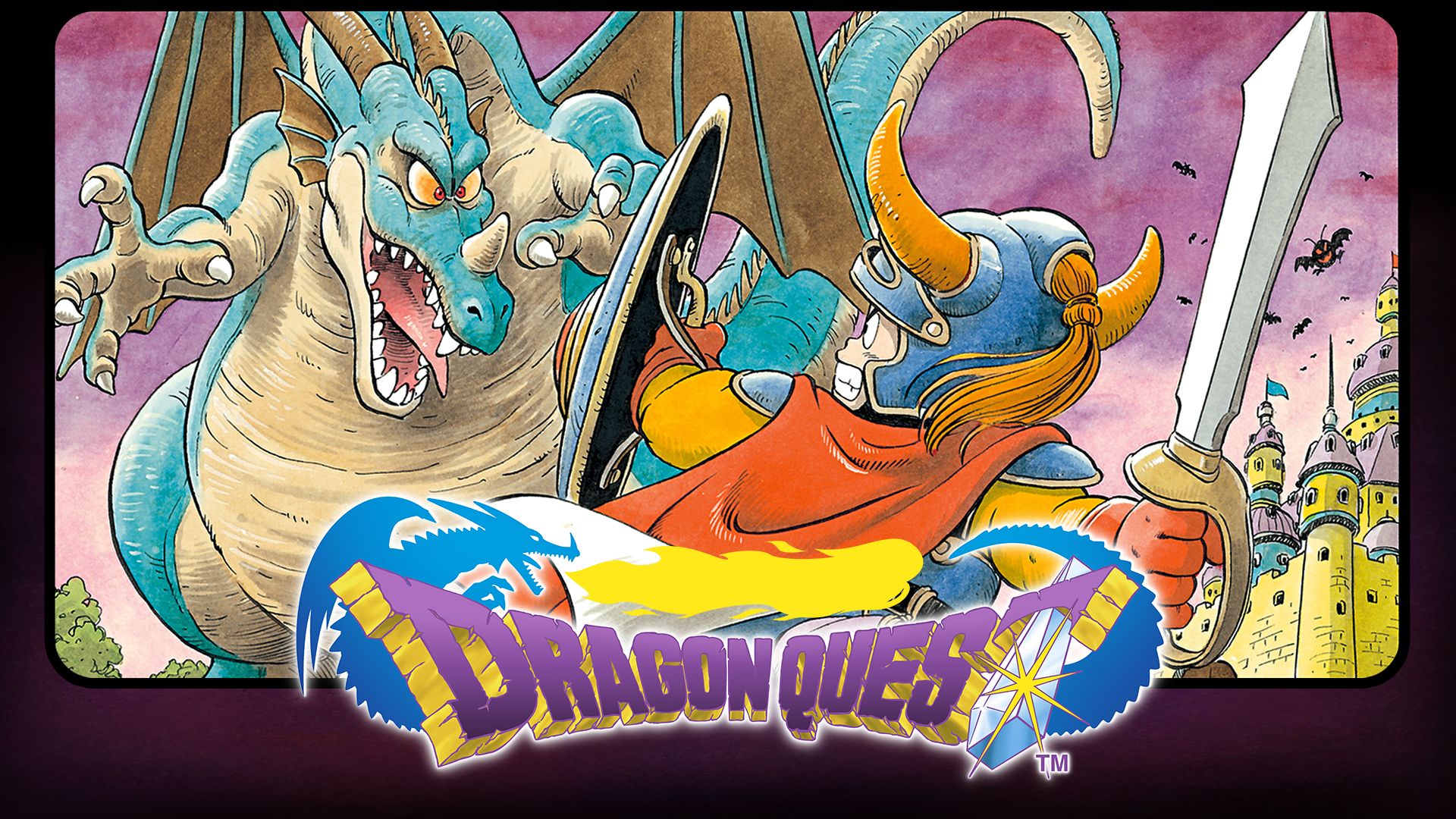
1981’s Wizardry and Ultima, and 1986’s Might and Magic were the geneses of video game RPGs. Wizardry’s first release coincided with D&D’s height of popularity. Its early releases were the first graphically-rich translation of D&D-style gameplay to home computer systems. Inspired by D&D and the University of Illinois’ PLATO system - the first generalised computer-assisted instruction system - Wizardry and other games inspired Yuji Horii to create Dragon Quest in 1986. He emphasised storytelling and emotional investment with a simplified interface to bring WRPGs to a Japanese console market. Thus the JRPG genre was born.
1995’s Chrono Trigger is often hailed as the greatest game of all time. Developed by Square for the SNES it kickstarted the Chrono series, and involved a dream team of Square’s Final Fantasy’s creator Hironobu Sakaguchi, Enix’s Dragon Quest’s creator Yuji Horii, and the author of the Dragon Ball manga and character designer for Dragon Quest, Akira Toriyama.
Chrono Trigger marked a deviation from traditional JRPG mechanics of the time, dispensing with random encounters. This is the core mechanic of Pokémon, Dragon Quest, and Final Fantasy. Instead of enemies randomly ambushing you on your journey, they were visible on the main map, with contact initiating battle on the map rather than a battle screen. Its ‘Active Time Battle’ system, central to Final Fantasy, allows characters to act after a personal timer ends, a different system to turn-based style games. Random encounters can also lead to grinding issues - games Fallout 1 and 2, Final Fantasy XII, and the Kingdom Hearts series counter this by limiting the number of enemies in an area.
The time-travelling mechanic of Chrono Trigger and its branching endings helped solidify new core elements for RPGs to use. Video game RPGs could draw upon their own innovations and the inspiration of tabletop games and fantasy literature to explore stories on a much grander scale. They also dispensed with the DM role, allowing for greater freedom in design and scope. Immersion was taken to a new level - with graphics, music, and gameplay to scale up the genre for the new medium.
1987’s Final Fantasy birthed a series inspired by prior RPGs that has sold over 159 million copies and created or popularised features common throughout RPGs today. Final Fantasy IV was a genre milestone with its dramatic storyline and character development focus. Final Fantasy VII opened the door for the mass-marketability of console RPGs. Fable’s creator, Peter Molyneux, said it “defined the genre” for him, BioWare’s founder Greg Zeschuk said it had “a big impact” on BioWare’s work, and Jonas Mattsson, an artist for the action RPG The Witcher 3, cited it as a “huge influence” and his “first RPG”.
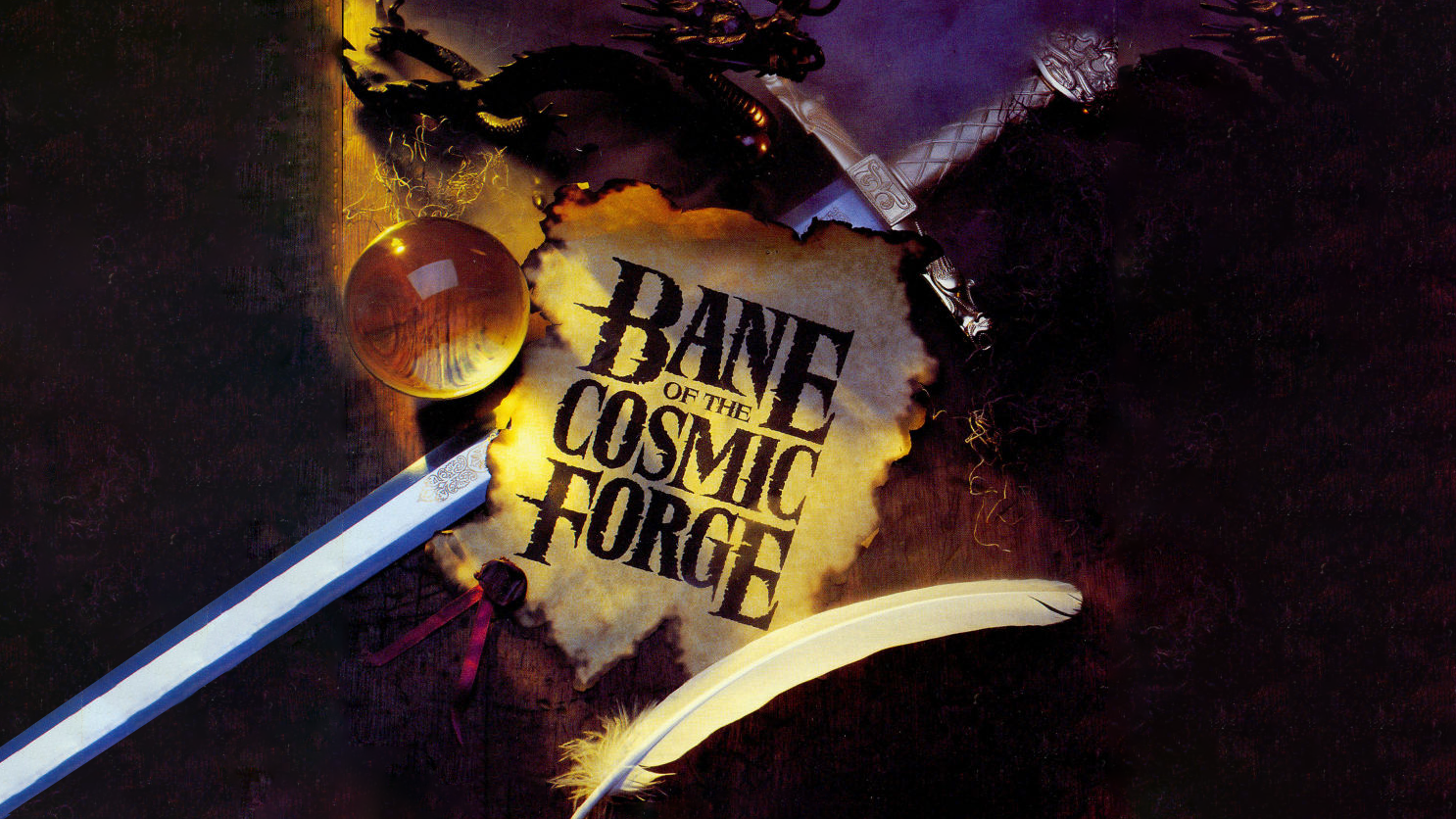
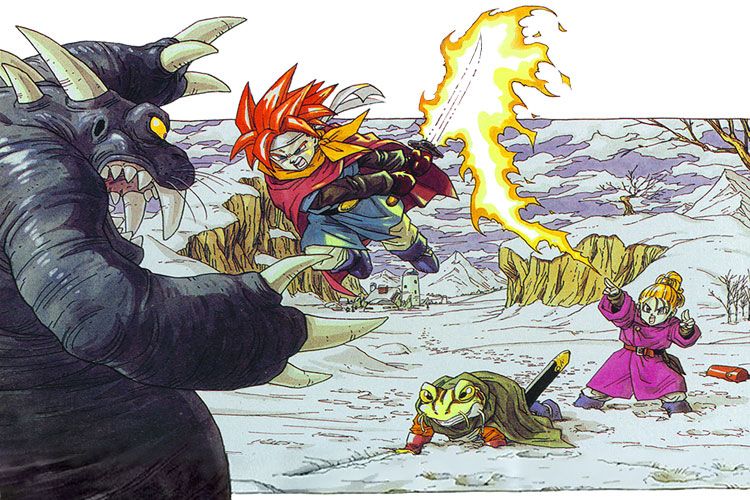
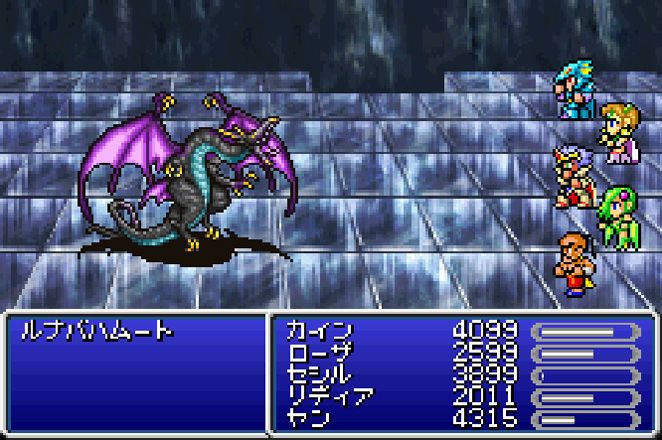
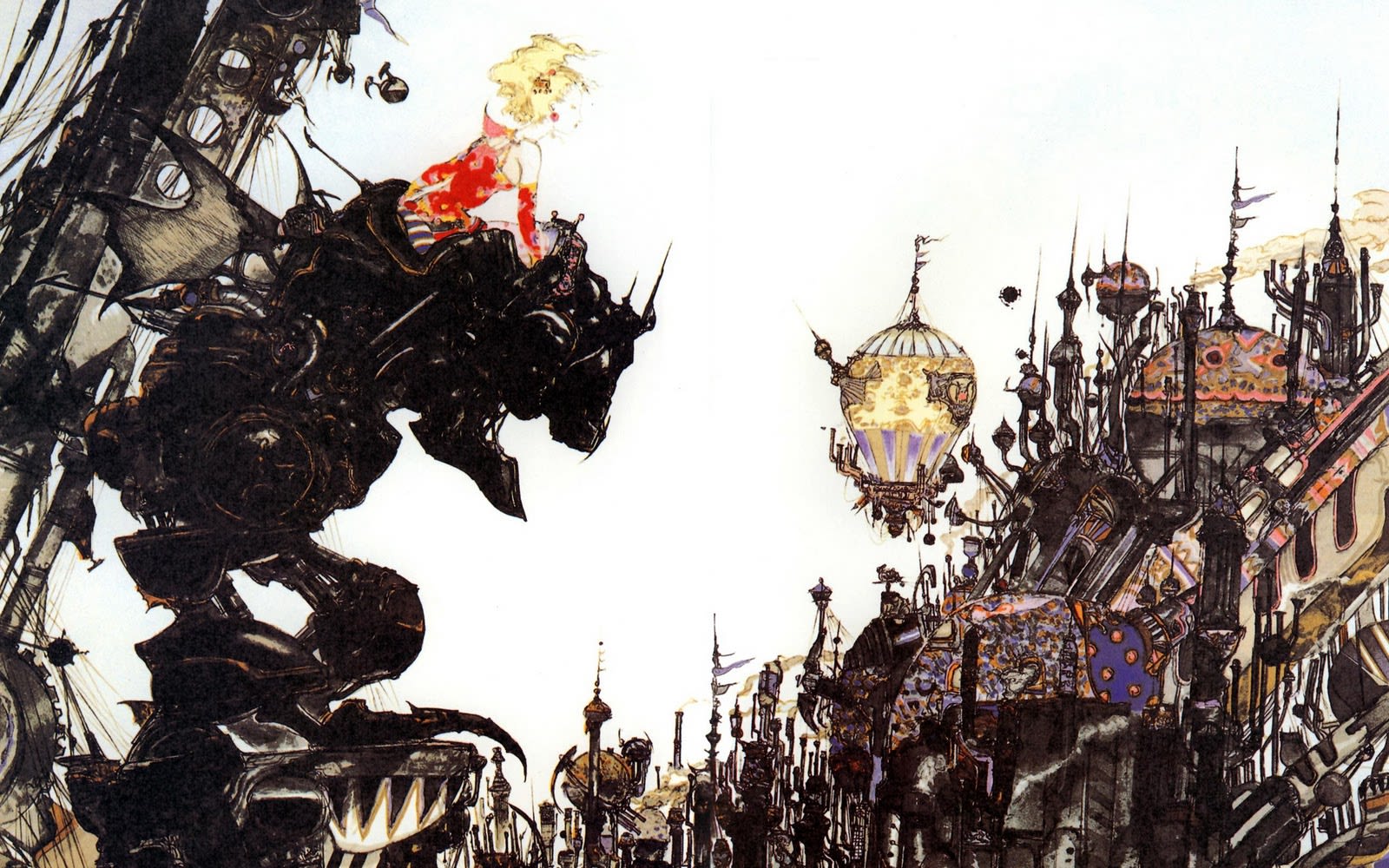
Square and Enix merged in 2003 forming Square Enix, best-known still for their RPGs. But there are many other developers and games of note. Level-5 created Ni no Kuni under Akihiro Hino, collaborating with Studio Ghibli for its animated sequences, and they also made 2012’s Fantasy Life. Intelligent Systems make the Paper Mario series, with The Thousand-Year Door being a classic of the genre. The now-bankrupt Alphadream made the Mario & Luigi RPG series including Superstar Saga, Bowser’s Inside Story, and Dream Team.
Intelligent System also creates Fire Emblem, my favourite RPG series. It is famous for its turn-based combat, stories, and its permadeath feature. The latter became optional with New Mystery and the franchise-saving Awakening. It has also explored other genres, with the mobile gacha game Fire Emblem Heroes, the hack-and-slash collaboration with Koei Tecmo's Warriors franchise for Fire Emblem Warriors, and a crossover with Atlus’ Shin Megami Tensei series, leading to Tokyo Mirage Sessions #FE. Atlus’ 1992 Shin Megami Tensei post-apocalyptic RPG is the root for the spinoff Persona series.
Some of the multitudes of varying games that owe debts to the early tabletop and video game RPGs include BioWare’s Mass Effect, the action-oriented Xenoblade, the open-ended simulation RPG Stardew Valley, and The Witcher series. This is not to mention MMORPGs like World of Warcraft, Bandai Namco’s Tales series, Dark Souls, Skyrim, Ape and HAL Laboratory’s EarthBound series, and Capcom’s Monster Hunter. Let’s not forget Toby Fox’s one-man creation Undertale, which drew inspiration from the Mario & Luigi, Mother, and Brandish RPG series.
Square Enix’s 2018 Octopath Traveler is a personal favourite consuming hundreds of hours, despite some flaws. It is a masterpiece both visually and gameplay-wise – the 2D-HD graphic style is gorgeous, with amazing music by Yasunori Nishiki. The battle system is the perfectly distilled version of turn-based combat. With the limited interactions between your eight characters, you can even do some D&D and imagine their stories and interactions.
Time and emotional investment are key to this genre that originates from imaginary adventure games. Its influence has bled many games - including even the likes of Professor Layton and The Legend of Zelda. Whether turn-based, action, strategy, or MMORPGs, the genre has a rich history, and owes countless debts to games like D&D and Wizardry, and works like Tolkien’s. I couldn’t cover the full history here, but I hope I have shown the extent and breadth of this genre, and perhaps inspired you to pick a series back up or find something new!
